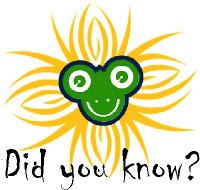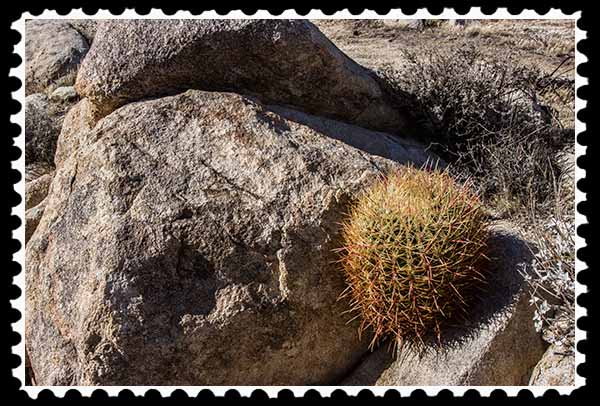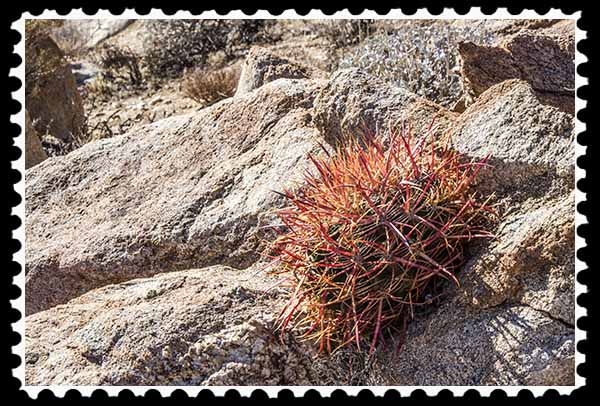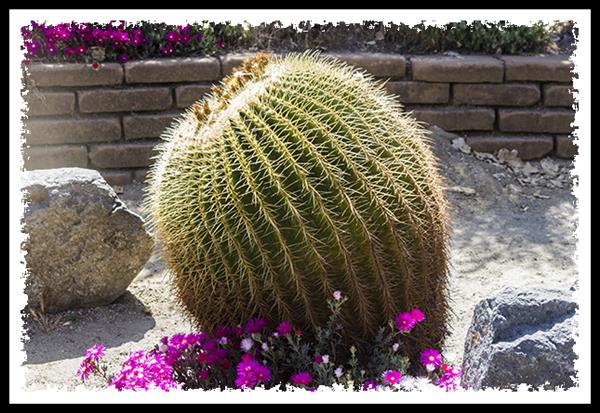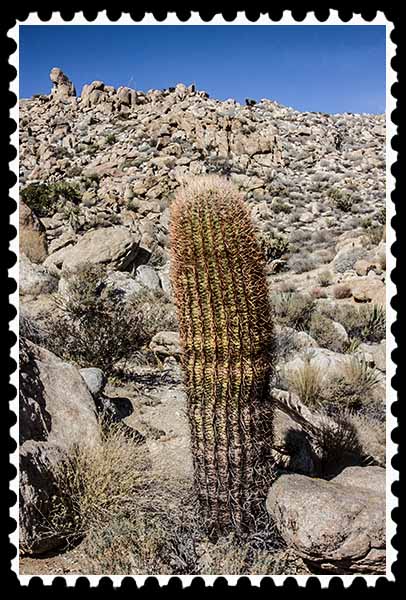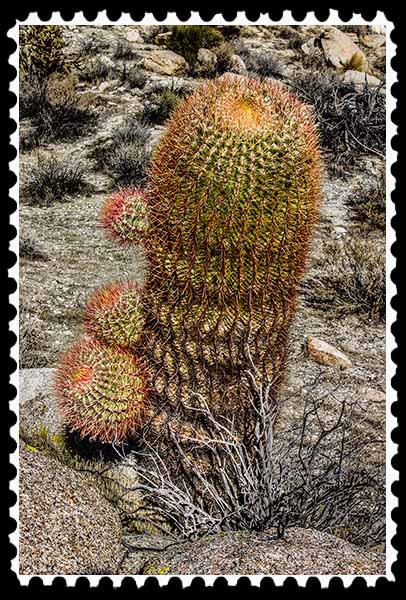![]()
As much as I love going to SeaWorld, the Zoo, Safari Park, botanical gardens, and aquariums, there is a certain sadness connected to those places because many of the plants and animals they have there are endangered in the wild, usually because of human hunting or development.
Thus there’s always a certain king of joy when one sees plants and animals in their natural habitats.
Such was the case recently when I was way out in the boondocks where I saw many barrel cactus growing in the wild, specifically the fishhook barrel cactus (Ferocactus wislizeni). Other common names include Arizona barrel cactus, candy barrel cactus, and Southwestern barrel cactus. It looks like these beauties:
![]()
![]()
That second one looks like it is growing out of solid rock!
Tradition says that the barrel cactus is a source of water for people lost in the desert, and there are records of Native Americans using it for that purpose. However, the water within the plant contains oxalic acid, which can cause diarrhea on an empty stomach. Great! If I’m lost in the desert without water, it’s highly likely that I probably don’t have any food, either!
Barrel cactus (Echinocactus sp. and Ferocactus sp.) are sometimes called “compass cactus” because they are great exhibitors of phototropism–growing towards the light–as shown by this golden barrel cactus:
![]()
Look at the shadow from the rock and you can see that it is, indeed, facing the sun. Here in the United States, most of the sun comes from the south, so the barrel cactus commonly faces south. Ergo, “compass cactus.”
Phototropism is exhibited in houseplants, too, as they usually grow towards the light—smile if that makes you think of Poltergeist, “Come towards the light Carol Anne.” Unfortunately, phototropism can cause house plants to look rather ungainly, which is why my wise old grandmother always rotated her houseplants, to give both sides the opportunity to get some of the light.
As with most cactus, the barrel cactus needles are quite dangerous. In my home state of Texas, we called them “horse cripplers” because a horse accidentally stepping on one, even a rather small one, could cripple it.
Additionally, a barrel cactus puncture wound is considered a dirty wound. If the puncture is deep enough to draw blood, lots of antibiotics may be needed, as well as several months for the wound to heal properly.
Barrel cactus can get quite large and tall. The golden barrel cactus in the picture above is one of the largest I had ever seen. That one, and several others, are located in the Desert Garden in Balboa Park here in San Diego.
However, my trip to the boondocks in East San Diego County provided me the opportunity to see some fishhook barrel cactus that were as tall as me (6’3″), like this one:
![]()
My favorite one, though, was this four-feet-tall gal with her three little ones clinging to her side:
![]()
Even plant babies know that the best place to get love and food is right there by mama’s side!
Need a unique gift?
Consider Photographic Art! Visit Russel Ray Photos.
Visit Russel Ray Photos.
►►►►◄◄◄◄
Looking for real estate services in San Diego County?
I can highly recommend James Frimmer, Realtor, CDPE
CA BRE #01458572
►►►►◄◄◄◄
If you’re looking for a home inspector,
I recommend Russel Ray — that’s me!

